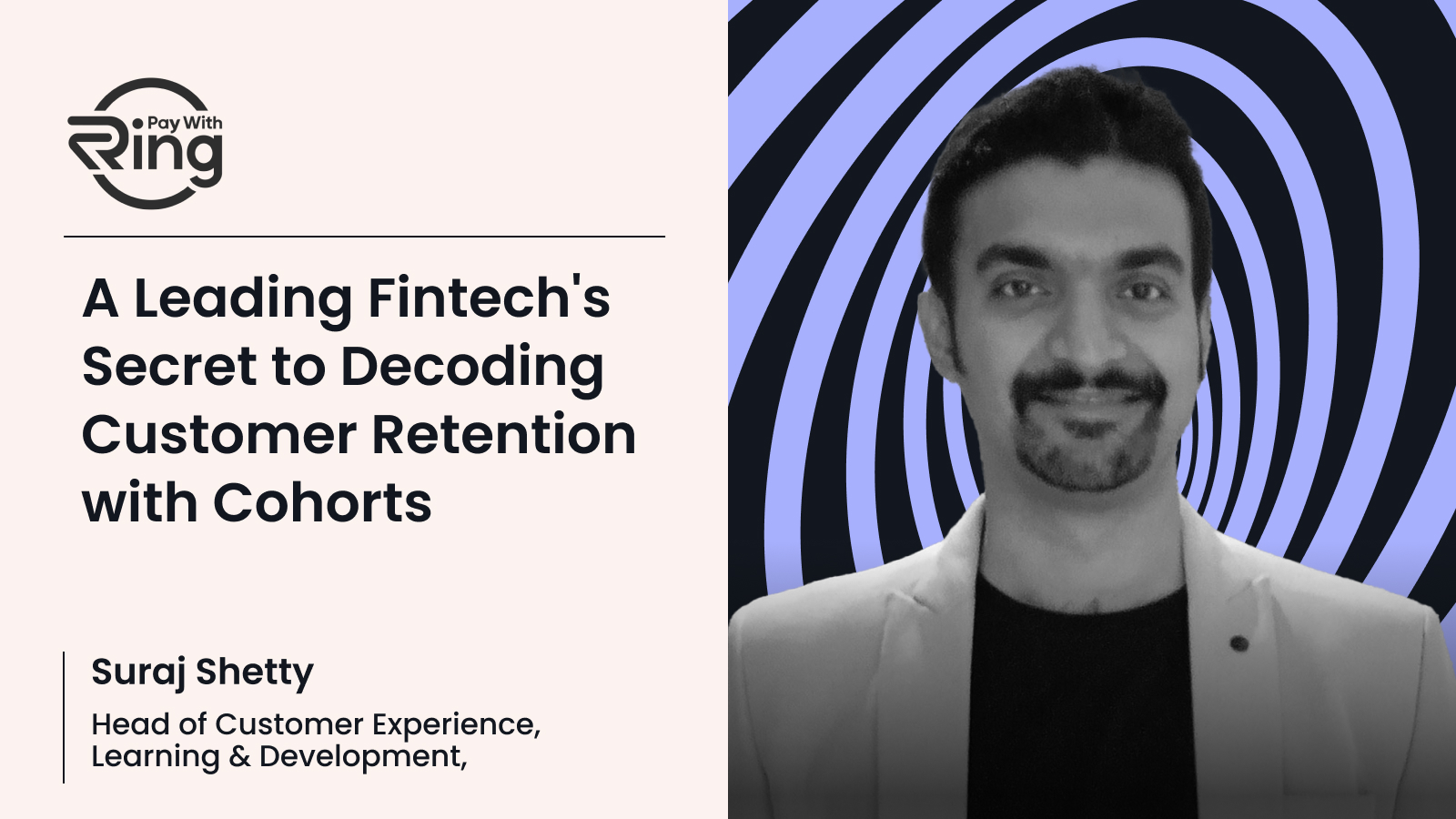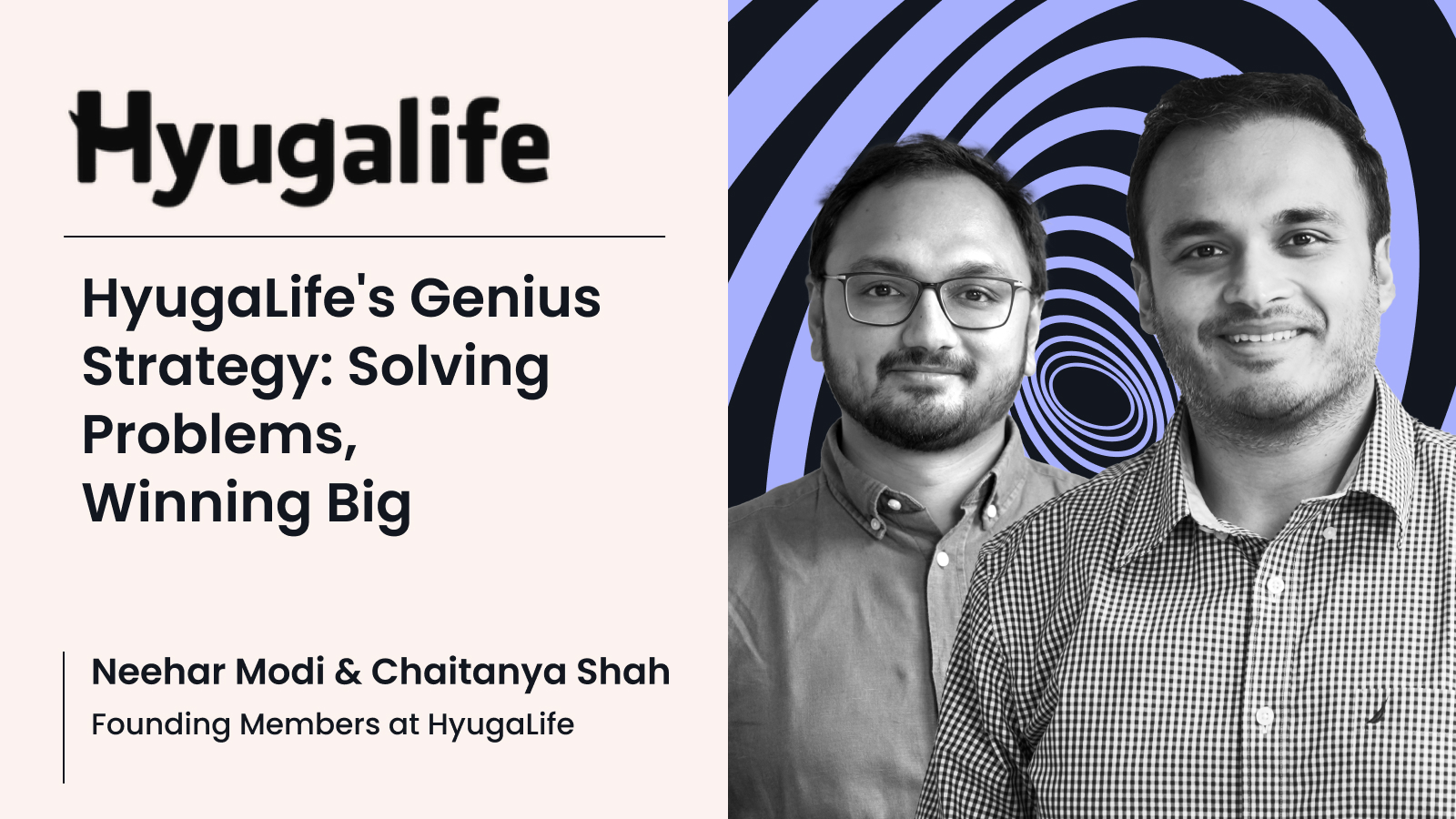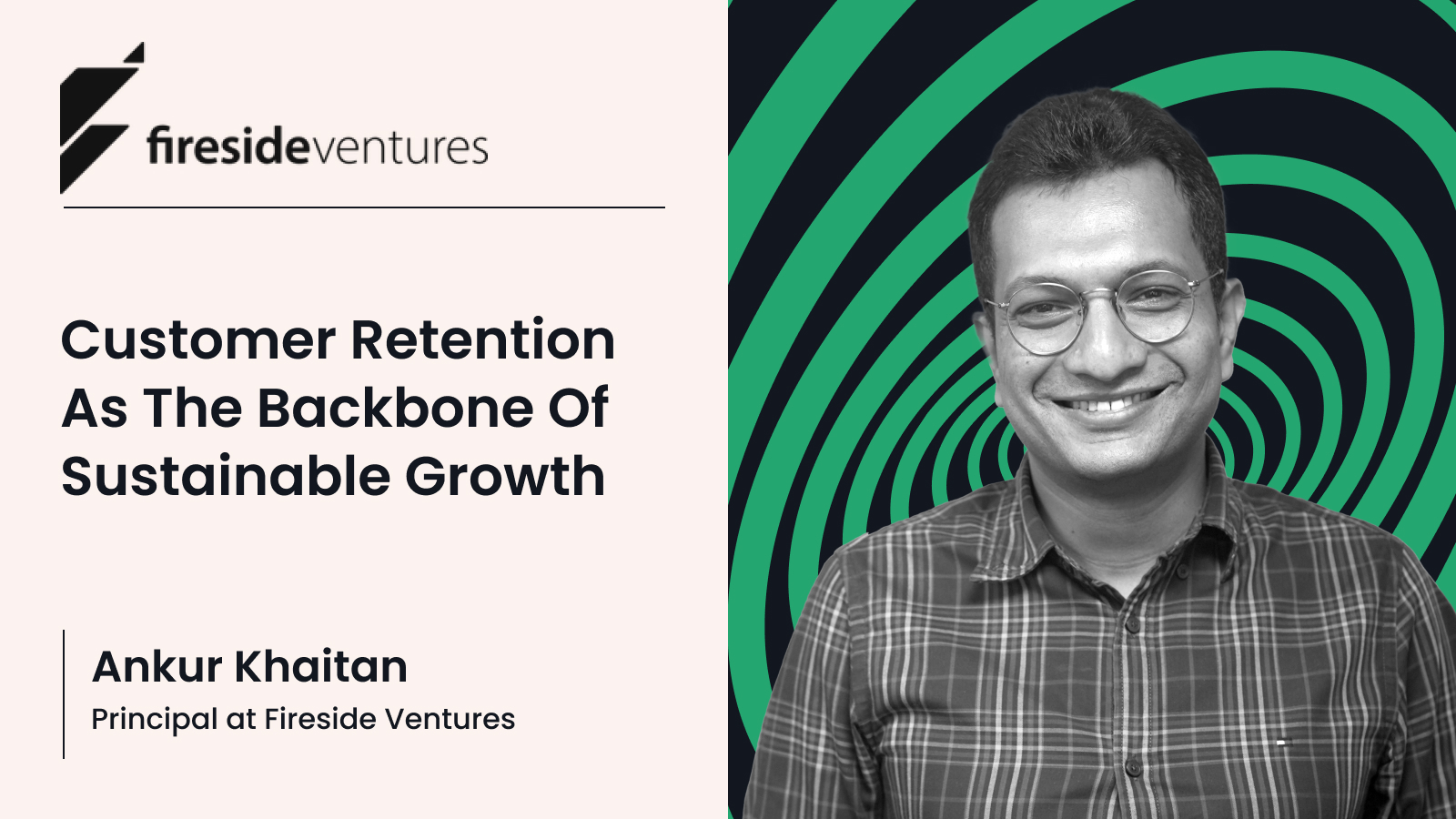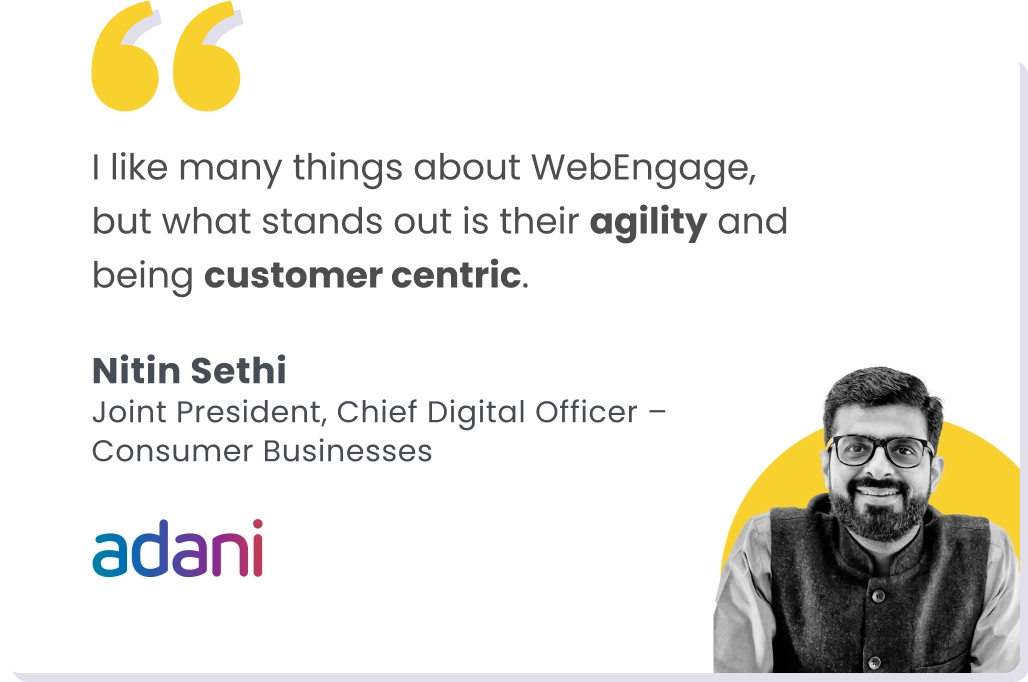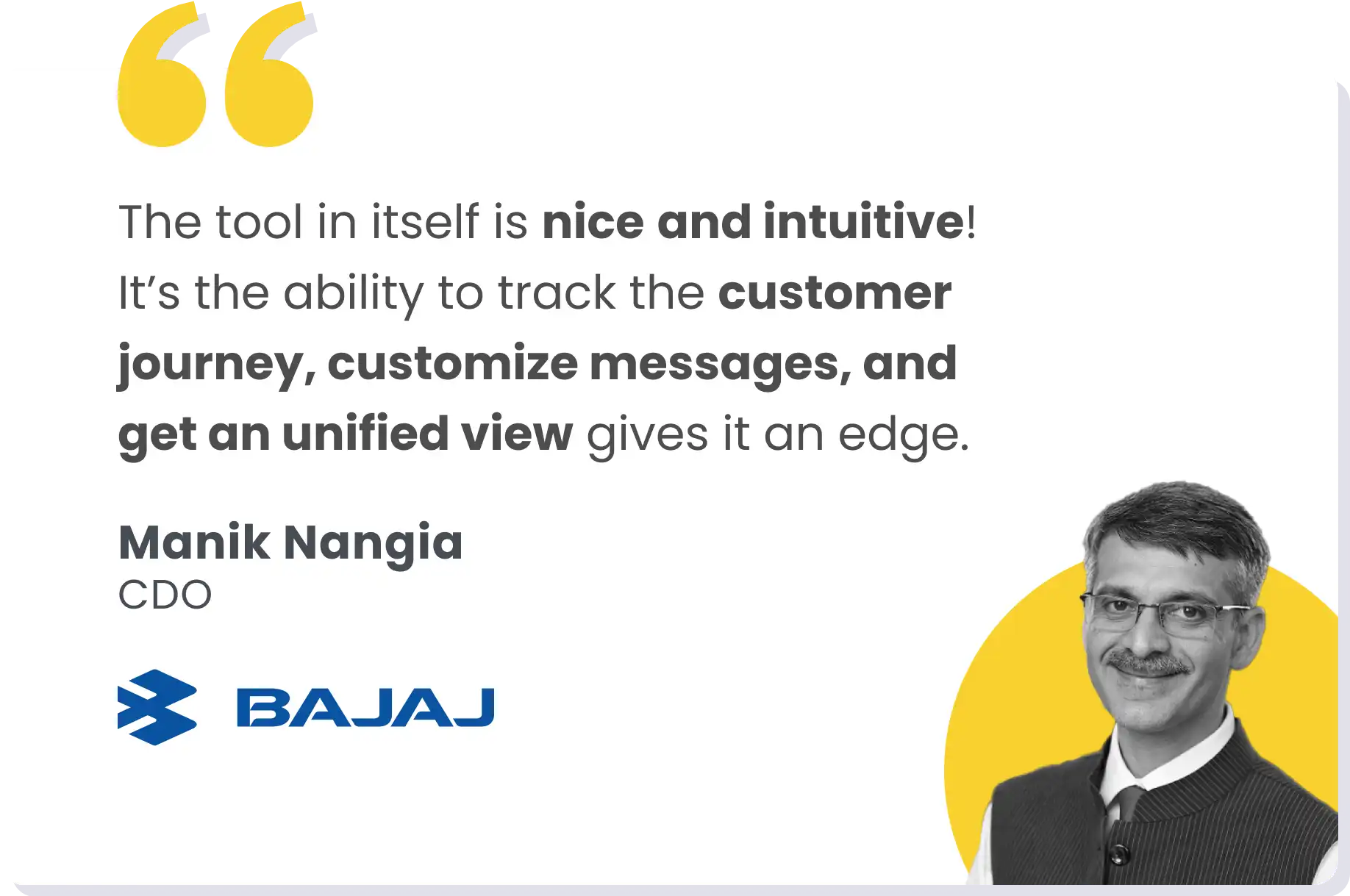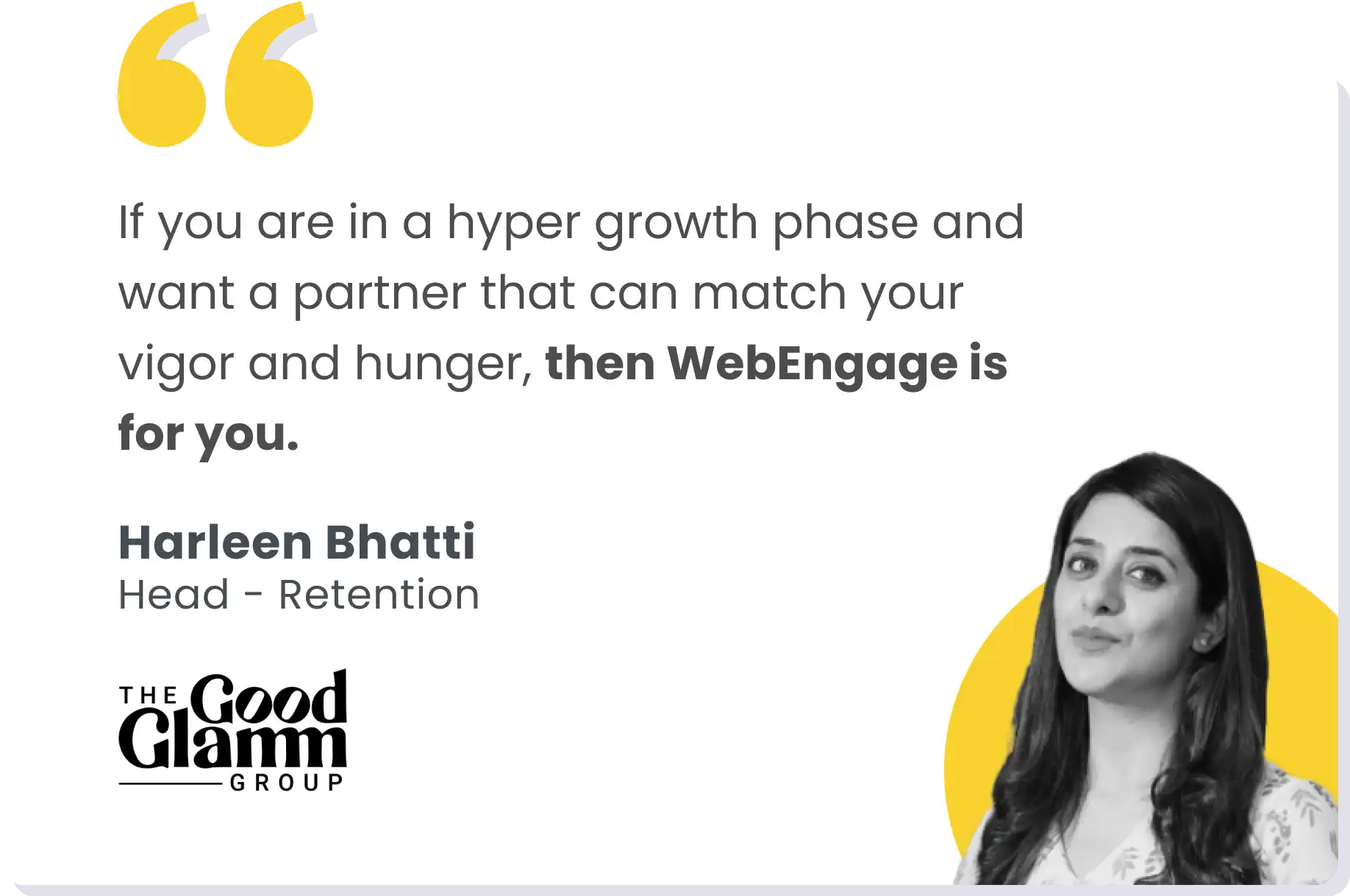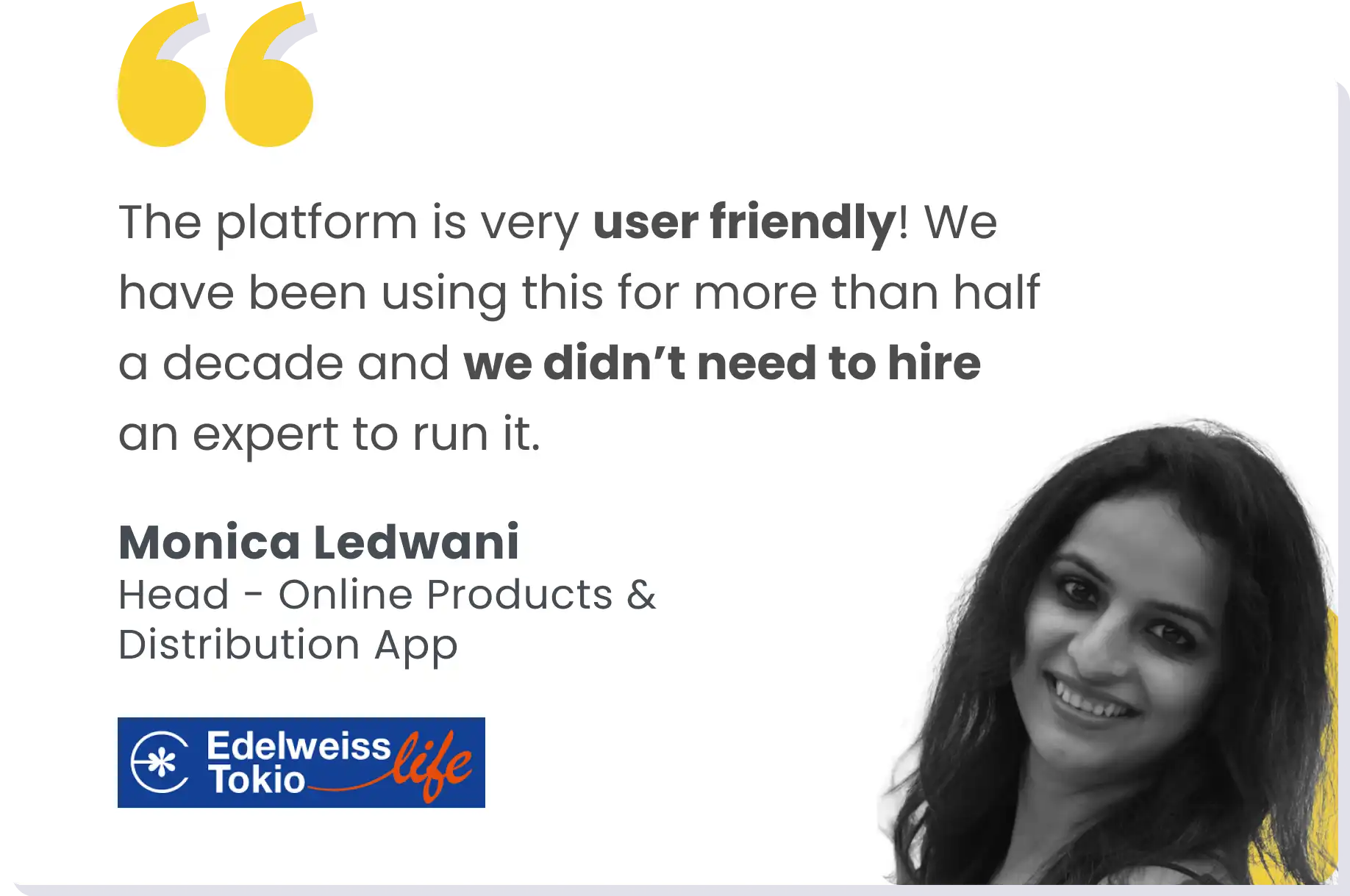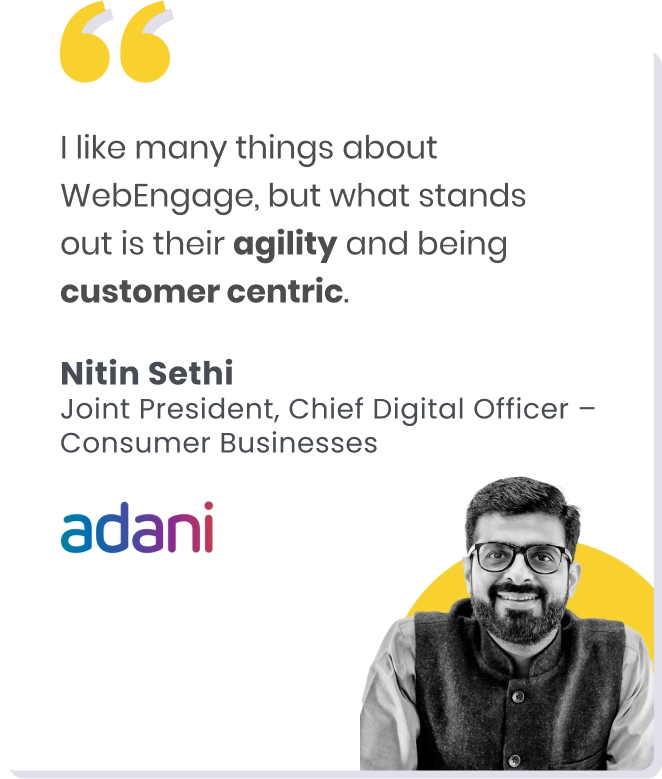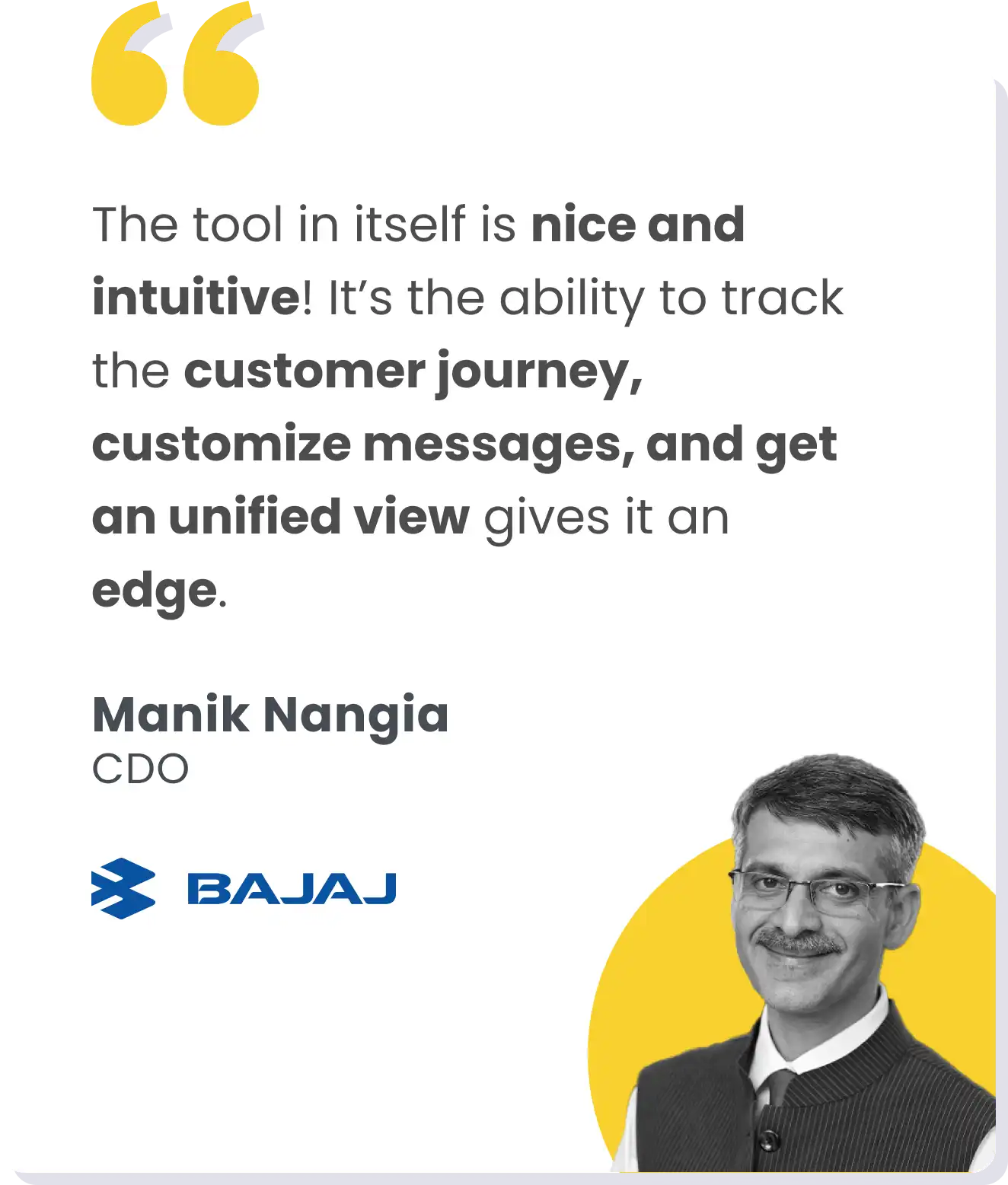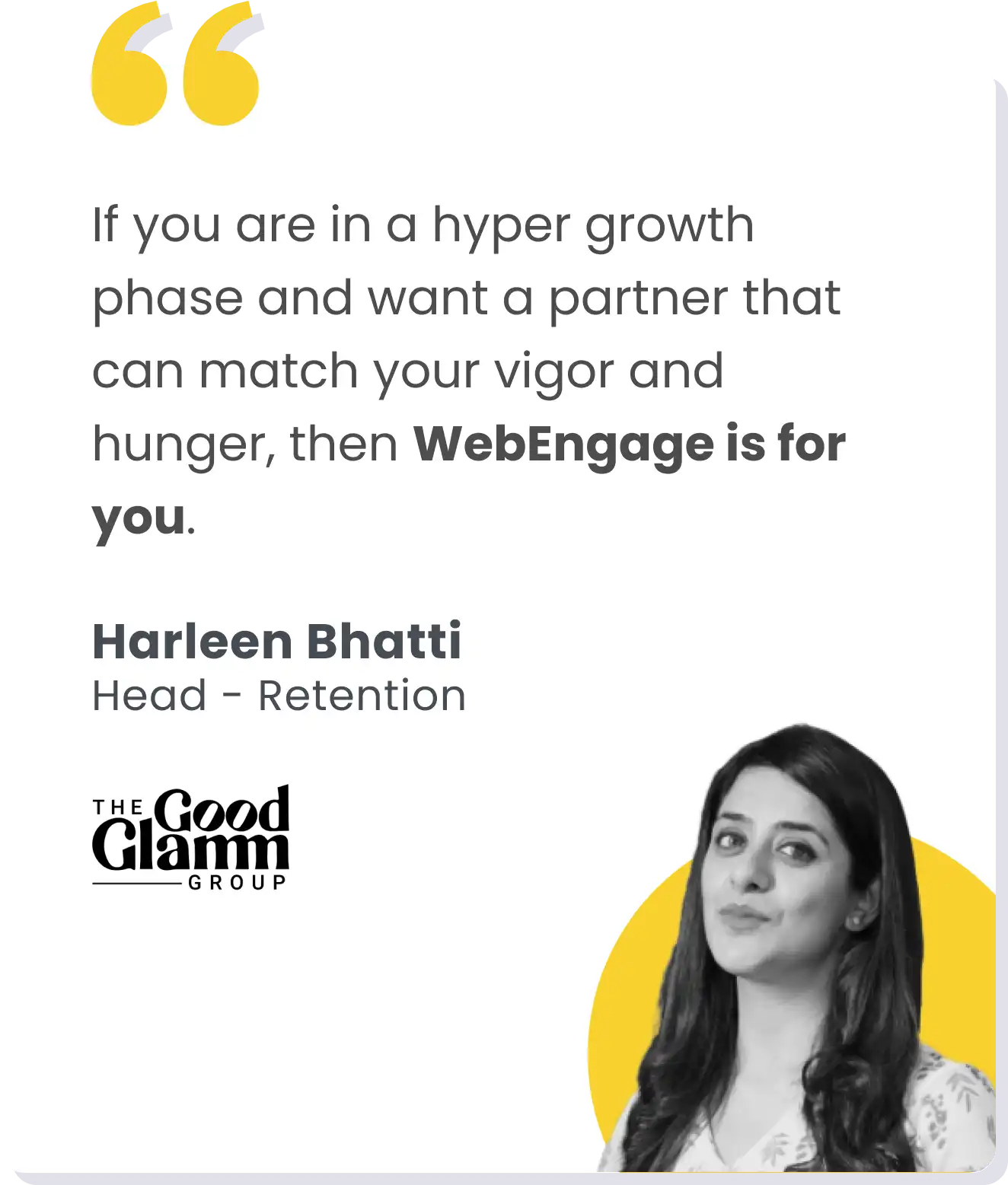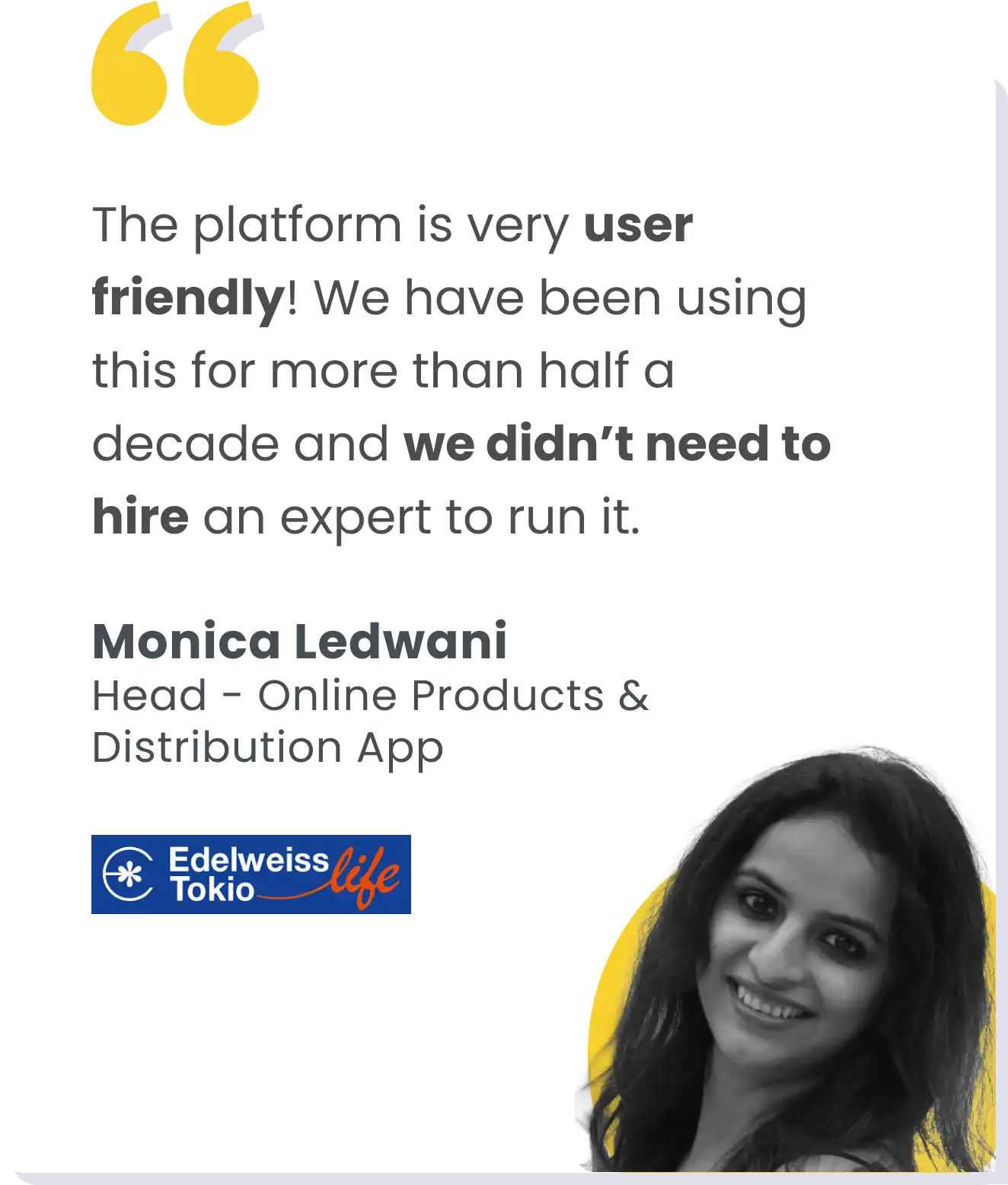Before we delve into things, understand what I am building and for whom.
I am Karan Mehta, founder of Kissht and Ring – a fully digital and automated lending product. Currently, our TG is roughly 200 to 300 million Indians. So essentially, what are we solving for?
- Streamlining the inefficient credit approval: Creating a quick, seamless credit application process with rapid access to credit limits.
- Providing access to small loan accounts: Addressing the gap in small loan availability where traditional banks find processing unprofitable.
“We’re here to build credit histories and support our customers’ financial journey. Eventually, they’ll move on to bigger opportunities, and we’re proud to be a part of that growth.”
We’ve pivoted to a model we call ‘transactional credit’ because it offers a more flexible solution than traditional loans. Instead of giving a lump sum upfront, we provide a credit limit that users can access online, offline, or even withdraw as cash.
To support this vision, we are improving our acquisition, and engagement strategies, understanding that as customers mature financially, they might shift to larger players.
Discovering new ingress channels
Our company is redefining customer acquisition by partnering with everyday merchants like Kirana stores, milk vendors, and pharmacies. These merchants are already extending informal credit to their customers, and we’re formalizing this with our transactional credit model.
“Effective credit solutions are about meeting customer intent at the moment of desire.”
Our strategy revolves around capturing customer interest right when they need it, and then moving them up in the system. The idea is simple: bring them in with initial ticket sizes as low as ₹800 to ₹4,000 and in just a couple of cycles, upgrade to limits of ₹10,000 or ₹20,000.
We bring customers in early, build trust, and steadily increase their credit limits. By integrating credit offers at the point of sale, we turn casual interest into immediate action. Merchants are incentivized to promote our platform, earning commissions for every new customer. This boosts acquisition while improving merchant cash flow and adding income opportunities.
The TAMS, and the CACs of our confidence
We’ve slashed our Customer Acquisition Cost (CAC) to just ₹80 per transacting customer, a significant drop from the earlier ₹400 through digital marketing. This breakthrough has enabled us to scale rapidly, onboarding 35,000 new customers daily.
What’s even more exciting is the 60-40 split—60% of customers come through offline retail stores, and 40% are driven by network effects and brand visibility without heavy reliance on performance marketing.
We piloted this model last year, and the results exceeded expectations. The reduced CAC, paired with strong engagement and retention, has fueled our growth and cemented our confidence in the platform’s future.
In expanding to 16-18 cities, we repurposed our field force for collections people, having them moonlight as sales agents as well. This dual role hasn’t affected collections but has helped us scale efficiently. The beauty of our model is we make money after the initial few cycles.
“By the time a customer’s credit limit reaches ₹20,000, we know they’re reliable, filtering out risk early and leaving us with valuable, repeat customers.”
Integrated credit solutions
Digitization has transformed our business, especially with our merchant network. Anticipating India’s shift from plastic cards to digital payments was crucial, as evidenced by the rise of UPI and the impact of demonetization. Here’s how this foresight shaped our strategy:
- Technology Shift: Moved from swipe to chip-and-pin technology, avoiding heavy investments in outdated infrastructure.
- Merchant Advantage: QR codes issued work across various platforms (e.g., Google Pay, PhonePe) and merchants can continue accepting payments as usual while also receiving credit payments via our system.
Our approach consolidates payment methods into one system, providing merchants with an additional revenue stream without disrupting their existing processes. We focus on lending because it offers long-term value and sustainability, unlike payments, which we view as a stepping stone.
“Merchants maintain their usual payment flow but gain a new revenue
avenue with minimal effort, thanks to our integrated credit solutions.”
Risk-based customer segmentation
Our credit model excels at predicting defaults by categorizing customers into 20 buckets, from most reliable to riskiest, each representing 5% of our base. This approach allows precise delinquency estimates.
We use a machine learning model that assesses around 150 features—credit scores, digital footprints, and behavioral data—to dynamically calculate default probabilities. This model adjusts for macroeconomic shifts, like during COVID-19, and is trained on data from 13 million loans over four years, ensuring reliability.
While our model is highly sophisticated, not all organizations leverage similar techniques. The effectiveness often depends on how well a company uses data for credit risk management.
Scaling through automation and data-driven precision
Our transition from manual to automated underwriting completely transformed how we operated. Initially, phone calls were the most effective way to communicate with customers, as many didn’t use our app or regularly check emails.
Channels like WhatsApp were unreliable at the time, and SMS had low engagement. While phone calls worked, they were expensive to scale. We soon realized that growing from 10 to 10,000 underwriters wasn’t feasible—especially for the smaller, frequent loans that banks typically avoided due to high operational costs.
“Scaling with manual processes would have required us to hire thousands of underwriters, which just wasn’t feasible.”
When we moved to automated underwriting, it revolutionized our scalability, significantly reducing operational costs. This shift coincided with our partnership with WebEngage, which helped us optimize communication strategies and enhance user engagement.
In tandem with this transformation, our data stack played a crucial role. We leverage three key data sets to build user profiles and fuel our machine-learning models:
- Demographic data (from KYC): Highly accurate and reliable.
- Credit data: Insights into customers’ credit scores, loan histories, and financial behavior.
- Behavioral & digital data: Information on app usage, transaction history, and spending patterns.
“With this comprehensive data stack, we can predict behavior, segment users effectively, and design personalized engagement strategies.”
This rich data ecosystem allows us to not only streamline operations but also segment users across various metrics—frequency of loans, recency, and spending behavior—enabling us to craft targeted communication and retention strategies.
Our unified data approach, coupled with automated processes, has become the backbone of our scalability and customer engagement.
Messaging, profiling, and key variables
One of the main differences between us and other lenders is that we don’t use auto-debit mandates. Instead, we require customers to voluntarily make payments through channels like UPI, SMS links, or Paytm.
This approach provides flexibility but also demands a strategic communication process to ensure timely payments. Our reminder strategy is driven by key variables:
- Payment Due Date (T-minus): Reminders are sent at T-minus 4, 2, and on the due date. As the deadline nears, the urgency of our communication increases.
- Internal Risk Score: We categorize customers by their risk of default. Low-risk customers get fewer reminders, while high-risk customers receive more frequent nudges.
- Payment History: New customers or those with frequent loans get more educational reminders, while long-term, timely payers receive gentler communications.
- Language Preference: We offer reminders in the customer’s preferred language (where available), enhancing clarity and customer engagement.
In addition to this, we provide a 5-day grace period after the due date, where customers can make their payment without penalties. During this time, the communication remains polite but firm, reminding them that their limit is temporarily suspended until the payment is made.
Our messaging evolves from gentle reminders before and immediately after the due date, to more serious notifications as the grace period progresses. This ensures that customers are well-informed while avoiding unnecessary pressure early on.
About the author
Karan Mehta is a seasoned tech leader and entrepreneur, having founded four successful ventures, including his current roles as Founder and CTO of Kissht and Ring.
He is now focused on building a fully digital and automated lending life cycle product for consumer lending in India. With a passion for innovation and a history of delivering top-tier digital solutions, Karan is a sought-after speaker in the fintech space.





